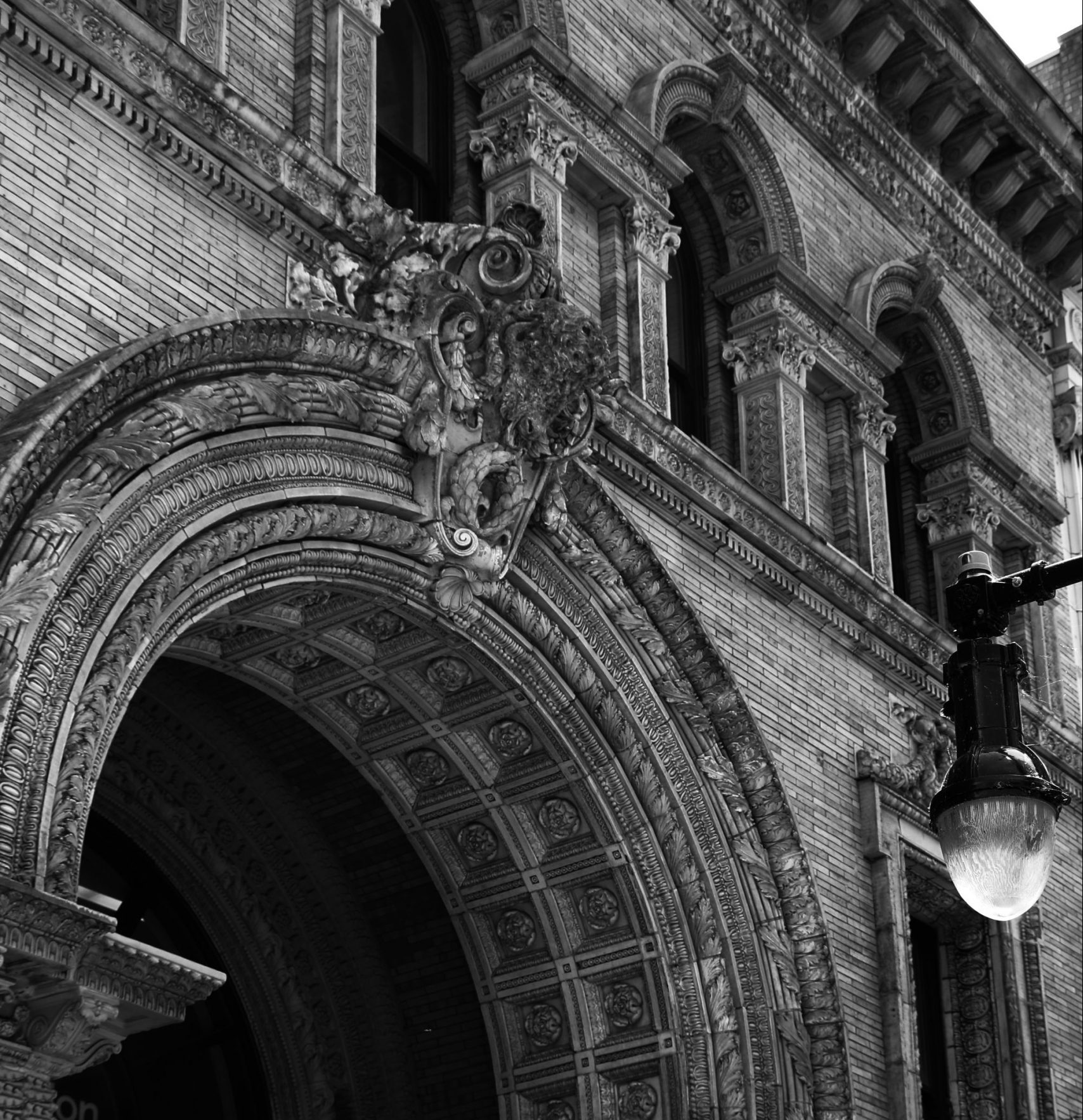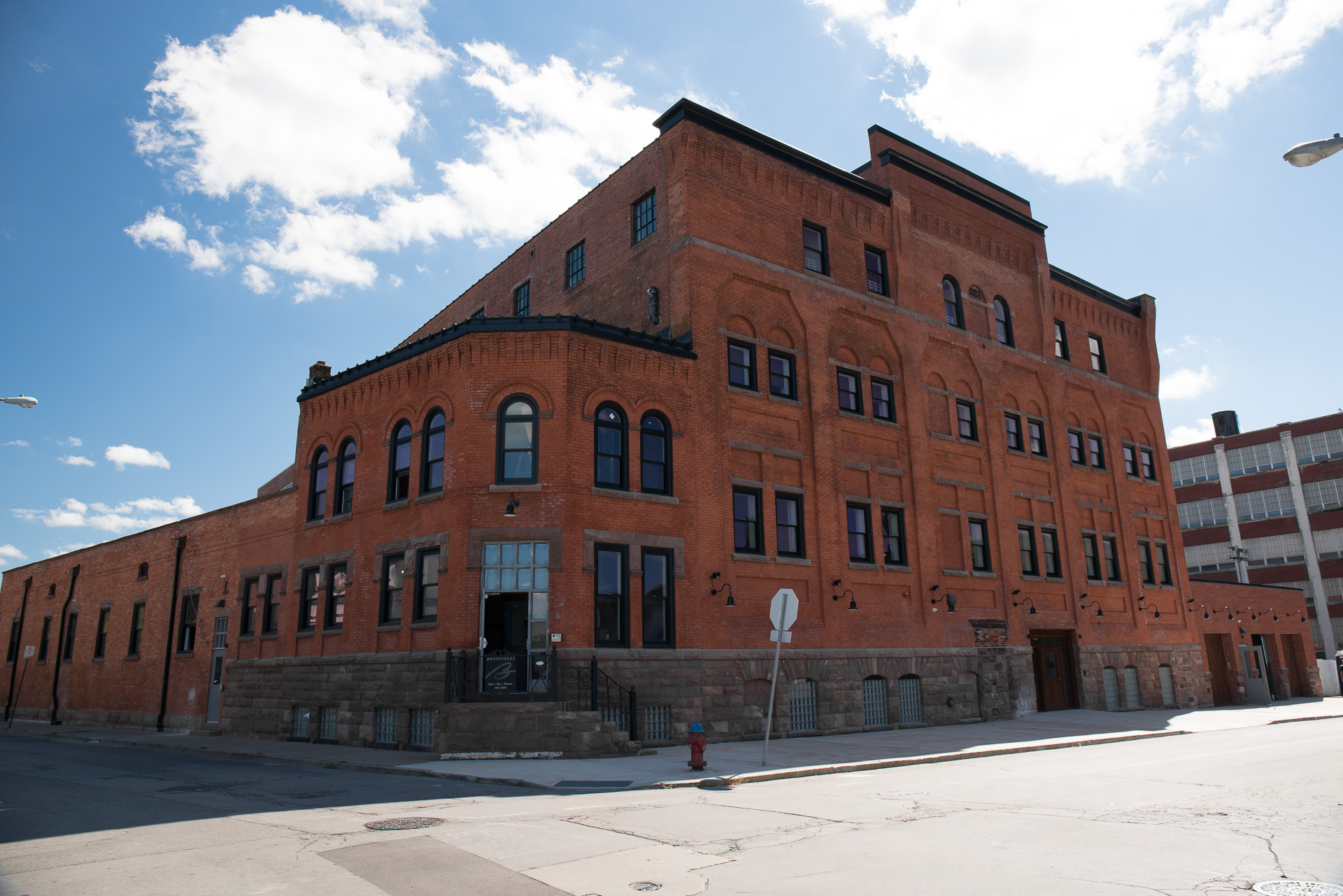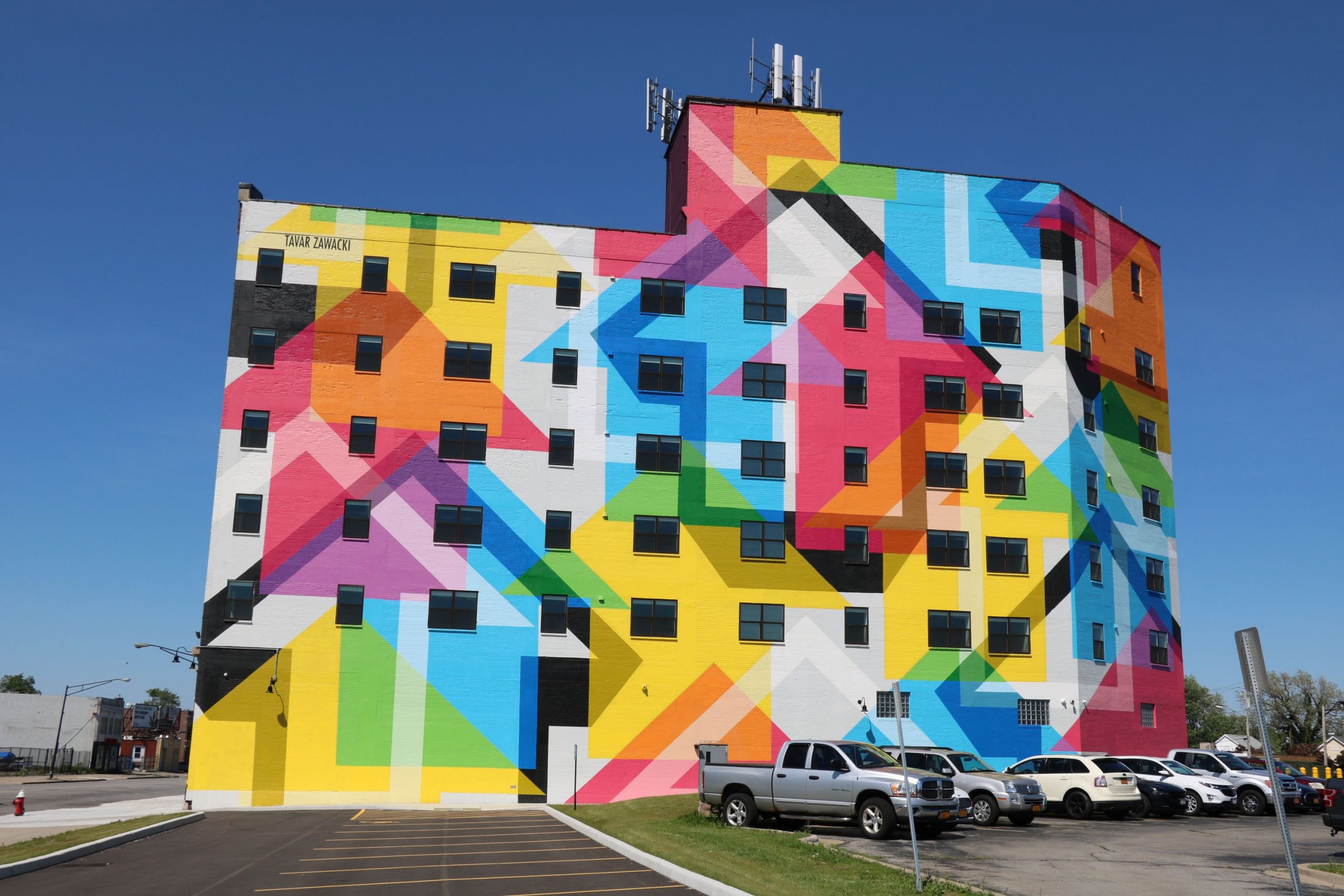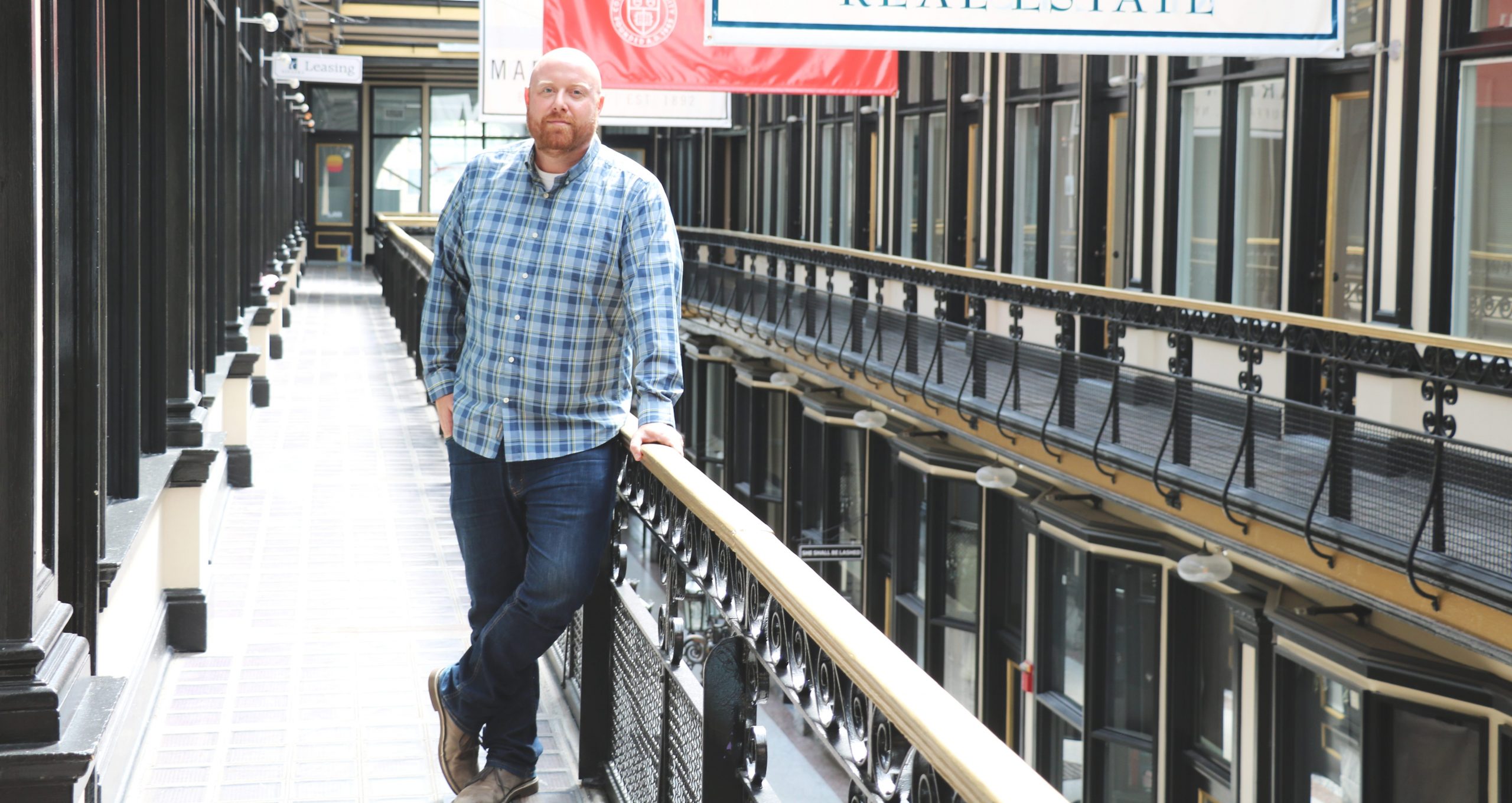
Meet Your Leasing Agent: Kevin Fredenburg
July 30, 2020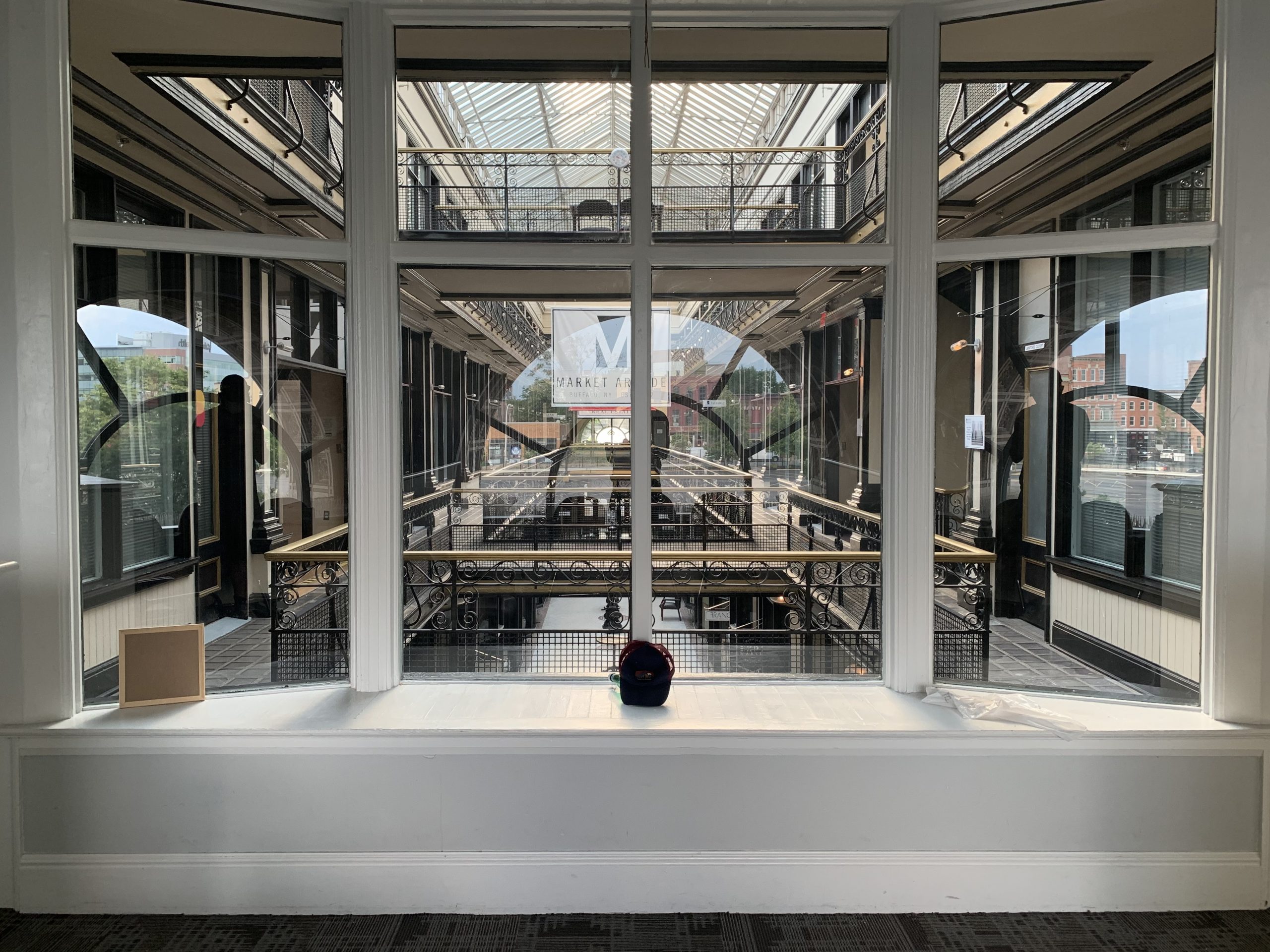
Market Arcade Commercial Space Tour: Buffalo Rising
July 31, 2020What was shopping like in the late 1800s? Buffalo’s Market Arcade gives us a hint. Built in 1892, the Market Arcade’s beautiful, Neo-Classical styles and indoor shopping center stood as testaments to civilized, urban life. Long before the 20th-century shopping mall was even thought of, the Market Arcade gave civilians a chance to relax and shop without having to bear the brunt of Buffalo’s harsh weather. It became known as the “belly of Buffalo” for a reason, and it continues to be a vital community space in downtown Buffalo to this day.
The Precursor to the Shopping Mall
For anyone who has walked inside the Market Arcade, you likely get the feeling that you are walking in a smaller, older version of the Galleria Mall. And indeed, this feeling is not misplaced. Shopping arcades have long been considered the precursor to the mid-20th century shopping mall.
From about 1786 to 1935, shopping arcades spread across Europe as a way for middle class and upper-class citizens to relax and socialize away from the busy and dirty city streets (Think cities are disgusting now? They were even worse back in the day).
These arcades included the Palais Royal in Paris, London’s Burlington Arcade, and the Galleria Vittoria Emanuele II in Milan. Eventually, they gained traction in the U.S., and many American cities began to building arcades of their own in New York, Chicago, and, of course, Buffalo.
Looking Back to the Greeks and Romans
When Edward B. Green and William S. Wicks designed and constructed the Market Arcade, they were greatly influenced by Europe in more ways than one. The Market Arcade’s purpose was borrowed from contemporary Europeans, but its design was influenced by the ancients. Its tall, Corinthian columns, Byzantine brickwork, and arched main entrance harken back to a time when the Roman Empire was at its height.
Known as Neoclassicism, this architectural style heavily borrowed from the Classical styles of the Ancient Greeks and Romans. It became popular starting in the late 18th century and into the 19th century when many Europeans (and, eventually, Americans) were rediscovering the works of the Ancient World. Part of this renewed interest in the Ancient Greeks and Romans led to the excavation of many ancient ruins such as Troy and Crete.
The architectural styles that archaeologists found there were then adopted for contemporary buildings and cities. (One major difference between the Classical Style and the Neoclassical Style, however, was that most buildings and statues were painted during the Ancient Greek and Roman times. Over time, this painting wore off, leaving only the white marble behind. This is why many of our buildings today remain unpainted).
A Point of Pride
Built when Neoclassicism was at its height, the Market Arcade takes what the Europeans and Ancient Greeks and Romans did, then adds its own Buffalo flair. Sculptured bison decorate the exterior, showing off the pride that many Buffalonians felt (and still feel) about their city.
The interior, meanwhile, with its stores and markets, was a testament to the economic strength of the city during this time. Located on the 600 and 700 blocks of Main Street, shoppers had access to the bustling downtown life in addition to the public markets on Washington and Chippewa streets.
However, this wasn’t always meant to be. As the city’s economy declined during the latter half of the 20th century, many of the stores and businesses in the Market Arcade left. Eventually, so did the market. It closed in the 1970s and would remain closed for another 25 years.
Thankfully, the arcade reopened in 1995 where it went through a series of extensive renovations (25 years of neglect had taken its toll).
Now, in 2020, the Market Arcade is home to many stores and businesses, including your very own Sinatra & Company Real Estate.
To learn more about the Market Arcade or our other historic properties, contact Sinatra & Company Real Estate today.
